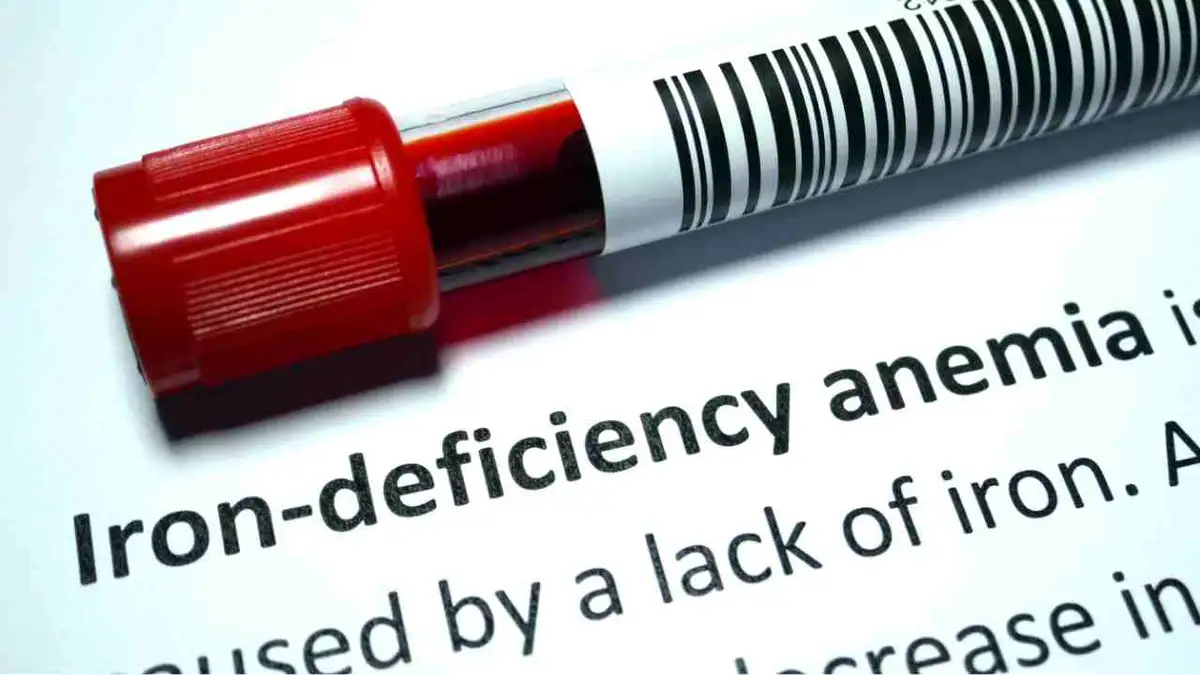An iron deficiency can affect anyone, regardless of age or gender, and can have significant health consequences. Iron plays a crucial role in regulating metabolic processes and ensuring well-oxygenated blood. Recognizing the symptoms and taking action to address this deficiency is essential to regain overall well-being. In this article, we will explore how to determine an iron deficiency and the nourishment needed to counteract it.
Recognizing the Symptoms
It is important to be aware of the recognizable symptoms of an iron deficiency. Weakness, accompanied by tachycardia, paleness, frequent headaches, sleep disturbances, a sensation of coldness in the extremities, tingling, fragile nails, hair loss, and insomnia are common indicators. Shortness of breath or breathlessness can also be linked to a possible iron deficiency.
Taking Action: Who Should Be Concerned?
Pregnant women and individuals with ongoing pathologies should be particularly vigilant in enhancing their iron levels. More severe conditions, such as certain forms of tumors, hiatal hernia, ulcers, colon and rectal polyps, and Crohn's disease, can also be associated with an iron deficiency. However, these situations represent a minority of marked cases.
Recommended Foods to Increase Iron Content
When looking to increase iron levels, incorporating specific foods into one's diet is a crucial step. Meat, both red and white, of various types and cuts, is highly recommended. Horse meat, turkey, chicken, guinea fowl, as well as lamb, pork, and beef are all suitable options.
Offal and Seafood
Offal and liver are also advised for their iron content. When it comes to seafood, crustaceans such as crabs, lobsters, scampi, prawns, crayfish, mantis shrimp, and squat lobsters are excellent choices. Additionally, fresh fish like trout, tuna, cod, anchovies, and sardines can also contribute to increasing iron levels.
Fruits, Vegetables, and Dried Fruits
Fruits, vegetables, and dried fruits can provide assistance in addressing an iron deficiency. Lettuce, walnuts, hazelnuts, various legumes and vegetables, tomatoes, peppers, cabbages, broccoli, citrus fruits, kiwi, currants, and grapes are all beneficial options to include in one's diet.
Incorporating Iron-Rich Foods into Your Diet
It is essential to find creative ways to incorporate iron-rich foods into your daily meals. Consider adding lean meats to salads or sandwiches, or enjoying a delicious seafood dish a couple of times a week. Experiment with different fruits and vegetables in smoothies or as a side dish. Incorporating these foods into your diet can provide essential nutrients while addressing any iron deficiencies.
Conclusion
Recognizing and addressing an iron deficiency is crucial for overall well-being. By incorporating iron-rich foods into your diet, you can counteract this deficit and regain optimal health. It is essential to listen to your body, be mindful of the symptoms, and take the necessary actions to ensure your iron levels are balanced. In doing so, you can lead a healthier and more energetic life.
My name is John and I am part of the thesydneynews.net team. With my passion for cooking, I bring my expertise in creating simple and quick recipes for both beginners and advanced chefs. One time, while writing an article, I accidentally added a tablespoon of salt instead of sugar in a recipe. It was a funny mishap, but it taught me to always double-check my measurements!

